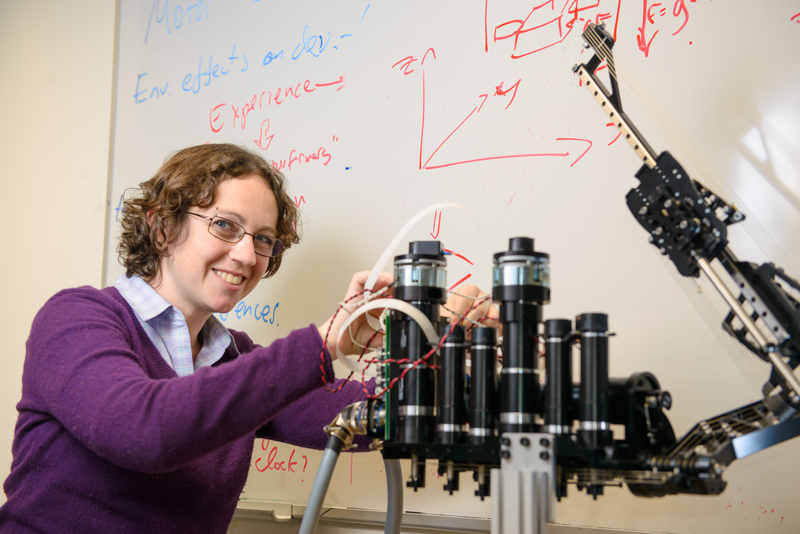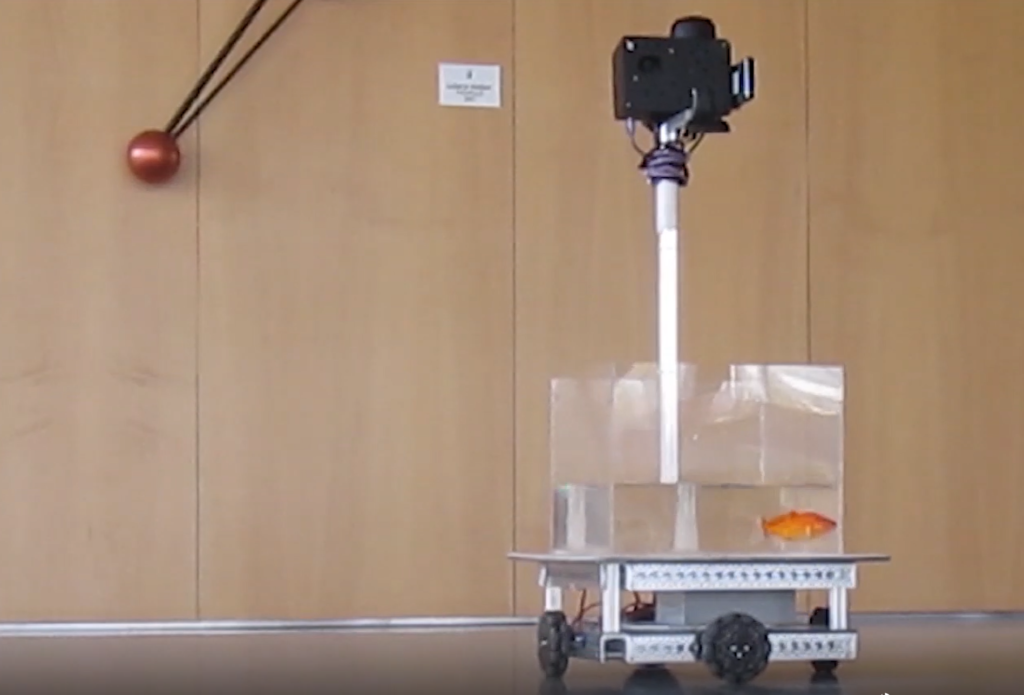
Humans May Falter in Self-Driving Cars
Humans May Falter in Self-Driving Cars
December 7, 2016
Popular Science — Before we have fully autonomous cars, we’ll have to continue living in a world of shared responsibility.
Tesla Autopilot and other upcoming advanced semi-autonomous systems require the driver to stay alert, should a situation arise in which humans need to step in and take the wheel.
A new study by BGU scientist Dr. Ilana Nisky and colleagues at Stanford University, however, suggests that human drivers may not be capable of smoothly taking control of their self-driving vehicles.
For the study, the research team observed 22 drivers on a 15-second course containing a straightaway and a lane change. The car navigated itself to the start of the course, then handed control over to the driver, who negotiated the straightaway before being cued to make the lane change.
The idea was to test how well a human driver could adjust to changes in speed that may have occurred when the robot was in control. The test vehicle allowed the researchers to tweak the car’s steering responsiveness, a tactic that mimics a key change that may occur when an autonomous vehicle controls itself.
When the driver’s hands were off the wheel, the researchers altered the car’s steering performance to mimic higher speed maneuvering. The faster a car is moving, the more sensitive steering becomes; i.e. you need to turn the wheel less to make a lane change on the highway than you do when maneuvering into an adjacent lane in bumper-to-bumper traffic.
What the researchers discovered is that when steering was made more sensitive, drivers did not handle things very well, suggesting that drivers may have more difficulty reacting to automatic changes in speed than anticipated.
“This disconnect is an example of implicit versus explicit learning,” says Dr. Nisky, of BGU’s Biomedical Robotics Lab, who completed a postdoctoral fellowship at Stanford. “Awareness alone cannot compensate for what our bodies can figure out implicitly through experience.”
Over time, drivers were able to acclimate to the new steering conditions, but doing so made returning to the prior “baseline” conditions difficult.
“You’ve changed the internal representation of how the car is going to respond,” says Dr. Nisky.
The results of this study indicate a need for further research into how human drivers will handle the handoff of control while on the road. Until cars can reliably be 100 percent autonomous, there will need to be some human interaction, and this study shows that there is still work to be done to ensure safety on the human level.




